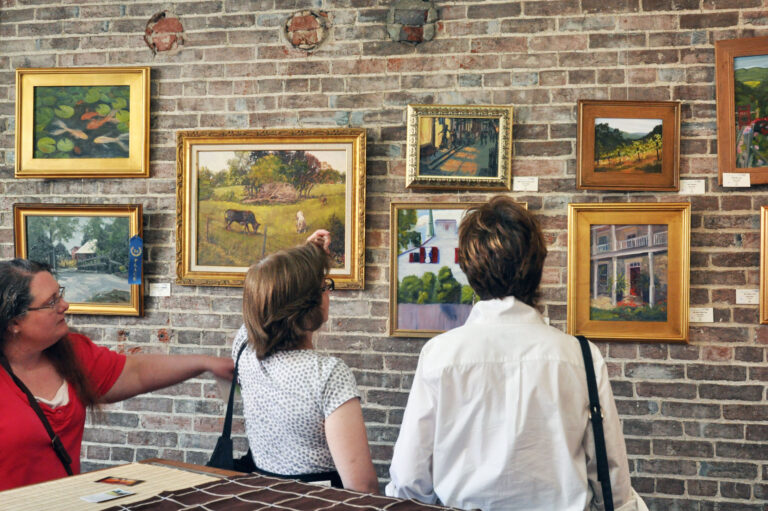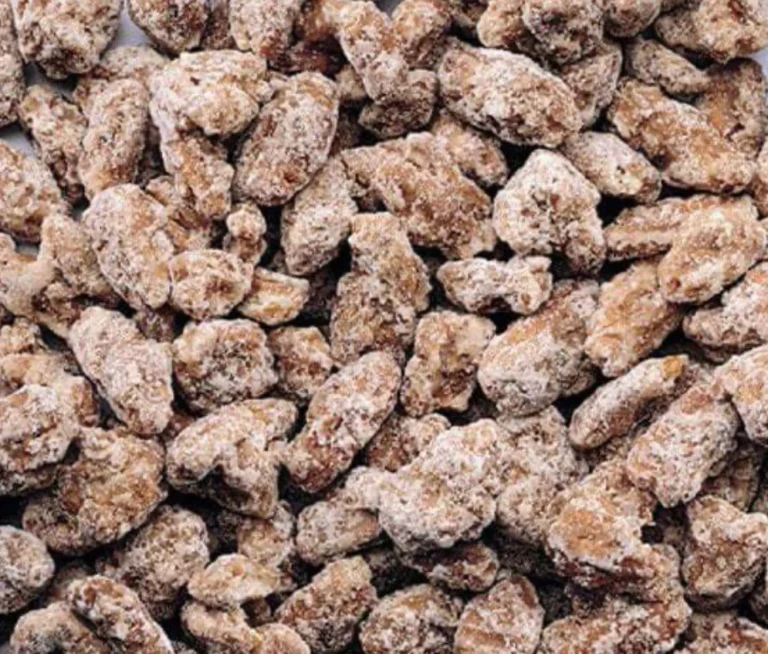123 Main Street,
Sainte Genevieve, Missouri, 63670
Sainte Genevieve, Missouri, 63670
ART COLONY Post Marked! A wall in the local post office was the canvas for a special mural commissioned by the federal government. As post offices were being built around the country in the early 1900s, 10% of the budget was directed towards art. Around the same time, Ste. Geneviève established its own Art Colony similar to the one in Providence, Rhode Island. Members included: Jessie Beard Rickly, Thomas Hart Benton, Aimee Schweig, Miriam McKinnie, Martyl Schweig Langsdorf, Sister Cassiana Marie, Joseph Meert, Bernard E. Peters, E. Oscar Thalinger, and Matthew E. Ziegler Today, Ste. Geneviève has an Art Guild. There are also art galleries, art walks, opportunities to participate in Plein Air, “in the open air” painting, and a variety of art-related activities throughout the year. Read more…
123 Main Street,
Sainte Genevieve, Missouri, 63670
Sainte Genevieve, Missouri, 63670
The Roads Less Traveled Ste. Geneviève County is home to three historic roads. Three Notch Road: The earliest was the Three Notch Road that went from Ste. Geneviève to the lead mines at Mine la Motte. The King’s Road: The second road was started in 1779 and became known as the King’s Road, or El Camino Real in Spanish, and eventually Kingshighway. There is a rural portion of this road north of downtown Ste. Geneviève that visitors can drive. The Plank Road: The third historic highway was the 1852 Ste. Geneviève, Iron Mountain, and Plank Road. Constructed of wood, it was the longest such road built in Missouri and was used primarily to haul iron products from Iron Mountain west of present-day Farmington to Ste. Genevieve for transshipment on the river. Visitors can drive a rural portion of Lime Kiln Road west of Ste. Geneviève. Read more…
123 Main Street,
Sainte Genevieve, Missouri, 63670
Sainte Genevieve, Missouri, 63670
Foodie Alert Don’t forget to satisfy your palette with some local cuisine. Here are a couple of local treats on the opposite ends of the culinary spectrum. Oberle Dog A little butcher shop on the outskirts of Ste. Geneviève is home to the famous Oberle sausage, or as it’s more commonly known the Oberle Dog. The Oberle Dog is courtesy of Ste. Geneviève’s German heritage. Germans from the Southern Black Forest region immigrated here from the 1830s to the 1870s when the Oberle family brought their sausage recipe to the area. Nuts for Ste. Geneviève – Pecans If you’re looking for something to satisfy your sweet tooth, try some pralines made from the pecans of the Carya illinoinensis tree. Known for its naturally sweet taste, this pecan tree is native to Missouri and can be found growing in the deep alluvial soils of the Mississippi River. Read more…
123 Main Street,
Sainte Genevieve, Missouri, 63670
Sainte Genevieve, Missouri, 63670
The Patron Saint of Paris Did you know the “Ste” in Ste. Geneviève is the abbreviated form of Sainte because the town is named after a French female saint? Ste. Geneviève lived around 400 AD and was well-loved by the French. She is known as the patron saint of Paris since she is attributed to having saved Paris from Attila the Hun. The Church of Ste. Geneviève has a large statue of her above the front doors, a side altar dedicated to her, and a famous painting “The Vows of Ste. Geneviève” which is purported to have been given to the parish by King Louis XV. Read more…
123 Main Street,
Sainte Genevieve, Missouri, 63670
Sainte Genevieve, Missouri, 63670
The Final Resting Place Considered the oldest cemetery in Missouri, the Memorial Cemetery is home to around 275 tombstones while the number of people buried there is between 3500 to 5000. Among those individuals are a US senator and his wife who have been buried 3 TIMES! It’s also the final resting place for Missouri’s first United States representative. The wide range of peoples interred in the Memorial Cemetery are indicative of the confluence of Ste. Geneviève’s population. The cemetery was a communal burying ground including early pioneers – Africans both enslaved and free, Native Americans, both American Revolutionary and Civil War soldiers, and a mass burial site for victims of a local steamboat explosion among others. Read more…






